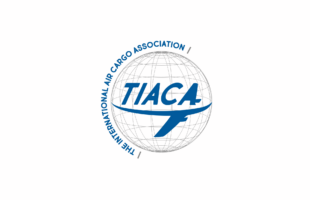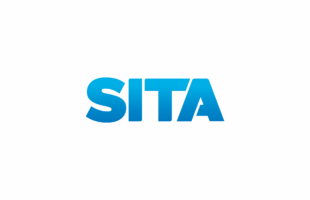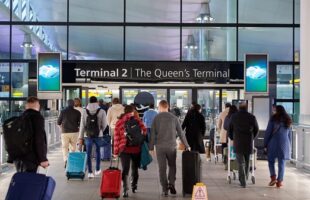Malaysia Airlines will be the first carrier to implement global flight tracking using SITA OnAir’s AIRCOM FlightTracker, starting this summer. The airline has already conducted extensive testing of the technology, which uses existing equipment and re-purposes air traffic control data. This ground-based software upgrade allows airlines to follow aircraft positions and identify any unexpected deviations or gaps in position reports. Because it utilises existing equipment, the solution is claimed by SITA OnAir to be highly cost effective.
SITA OnAir’s solution provides the tracking capabilities the airline needs without the requirement for new and expensive equipment. SITA OnAir has designed a solution that works using the AIRCOM Server ACARS message handling system, which the airline already has in place, so the cost and disruption are minimal.
AIRCOM FlightTracker uses multiple sources of data that guarantees tracking intervals of at least every 15 minutes for every flight. The airline also has the option to configure the system to intervals of less than 15 minutes. In addition, it enables the airline to obtain ADS-C tracking data immediately when it detects a gap in data from other sources. It can also obtain one-off position reports from the flight management computers on short-haul aircraft that do not have FANS data link avionics.
“We have designed the solution so airlines have straightforward access to ATC-like tracking data,” said Ian Dawkins, CEO of SITA OnAir. “For those airlines already using our ACARS messaging, we can deploy it very quickly. Following the recent ICAO discussions, we are also working on the definition and development of a new system to detect and report unusual situations. As part of our commitment to the air transport community we are also investigating new aircraft solutions that are independent of aircraft power or systems.”
ICAO’s Multidisciplinary Meeting on Global Flight Tracking in May 2014 called for, ‘global tracking of airline flights…to provide early notice of and response to abnormal flight behavior.’ The ICAO meeting also concluded that airlines, ‘will be encouraged to use existing equipment and procedures to the extent possible to support flight tracking’. The same principles were reiterated by IATA’s Aircraft Tracking Task Force in its report and recommendations in November last year, and reinforced at ICAO’s Second High Level Safety Conference in February 2015.
AIRCOM FlightTracker therefore has an important role to play in providing improved tracking and detection of unplanned movements, without requiring modifications to the aircraft. It is simply an extra software layer on top of SITA OnAir’s existing AIRCOM Server ACARS message handling system, which is already used by over 90 airlines around the world. It is very efficient: it is straightforward to install and therefore adds only minimal cost.
“As part of our commitment to the air transport community we will, during an emergency, provide AIRCOM FlightTracker position reporting free of charge to SITA member customers,” concluded Dawkins. “AIRCOM FlightTracker will request emergency positioning reports if it identifies that a flight has left its normal route for an unknown reason – and we will waive charges for that reporting until the emergency ends.”








